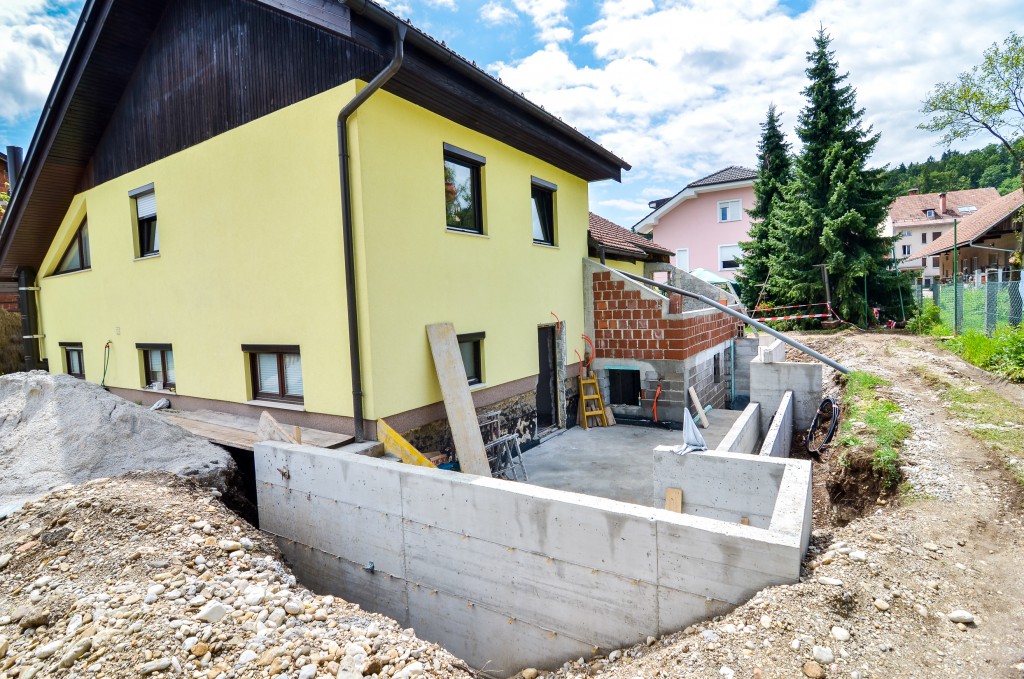You may be one of those people who just love to DIY everything at home. After all, it can be pretty satisfying to see the fruits of your labor being useful in your everyday life. But there are certain parts of your house that you can’t just repair or maintain by yourself unless you’re actually professionally trained for it. Aside from electricity and major plumbing, another example is your foundation. However, even though it’s not advisable for you to fix it yourself, you can prevent damage from occurring.
Install Rain Gutters

You might think that your roof is enough to protect your home from excessive water, but that’s not the case. When too much of that moisture gets too close to the foundation of the house, it can eventually lead to heaving and damage. This is why you should purchase and install high-quality rain gutters, so you can catch the water and lead it out of your foundation. It’s not just there as a part of your roof that occasionally gets clogged by leaves.
Control Soil Moisture
Water may be one of the biggest causes of foundation damage, but a controlled amount of it also makes for good protection. Keeping the soil at the right level of moisture reduces the amount of shrinkage, which will damage your foundation if you leave it as is. Installing an irrigation system doesn’t just keep your plants watered, but also does the job of preventing the ground itself from going dry. Adding some mulch will also help retain that ideal level of moisture for your soil.
Keep Plants at a Distance
Since you need the soil to be moist, you would want to control the other factors that affect how fast it dries. The presence of plants, especially trees, is one of these, as they will take away that much-needed water from the ground. A simple way to take care of that is to simply place them away from your home and near the outer edges instead. Either that or just opt for indoor or potted greenery. Grass, on the other hand, is okay to leave on the ground since it’s not as deep.
Don’t Forget Drainage
By now, you might have gotten the idea that protecting your foundation is pretty much all about guarding where the water goes. In addition to controlling how much of it goes into the soil surrounding your home, you have to make sure that there’s a way for it to go out. You can achieve this through various ways, including installing in-ground drains, grading the soil if you have heavy equipment, putting in pipes that lead water away from downspouts, and even using a rainwater collection system.
Controlling the amount of water that stays in the soil near the base of your house will make sure that your foundation stays sound. It keeps the walls from giving in to damage. While preventing cracks in your foundation can be a lot of work, at least you can do quite a bit of it yourself. If that damage does seep in, you may have no choice but to call the experts.

